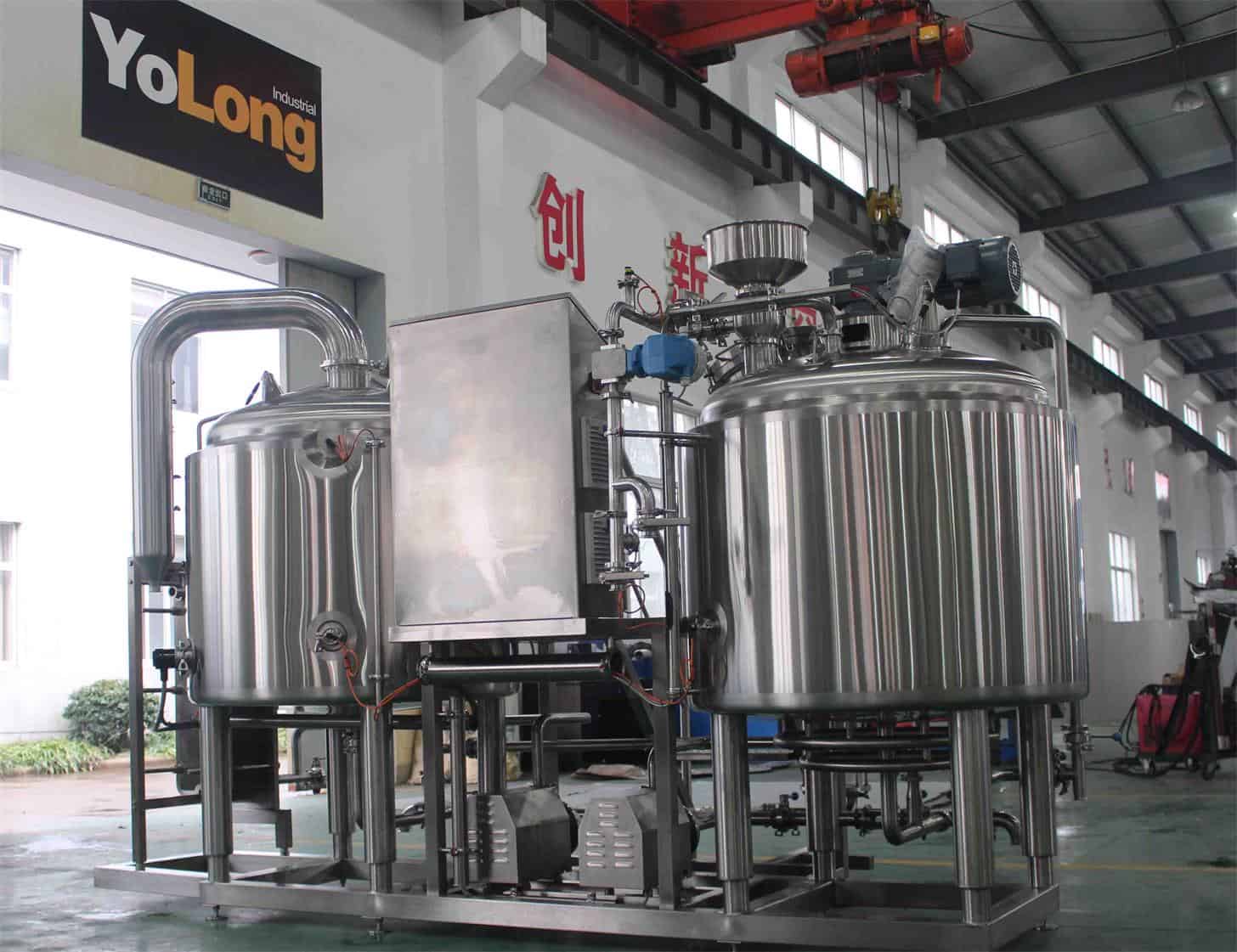Top Beer Brewing Equipment for Beginners
Brewing beer is more than just a hobby—it’s an art, a science, and for many, a passion. If you’ve ever considered brewing your own beer at home or even starting a microbrewery, you’ll need the right tools for the job. This guide dives deep into beer brewing equipment, helping you understand what’s needed, how to use it, and what to consider when purchasing it.
What Is Beer Brewing Equipment?
Beer brewing equipment refers to the tools and devices used to craft beer. From the initial mashing of grains to the final bottling process, each step of brewing requires specific equipment to ensure quality and consistency. Whether you’re brewing a crisp lager or a robust stout, the right equipment ensures that your beer turns out just the way you envisioned.
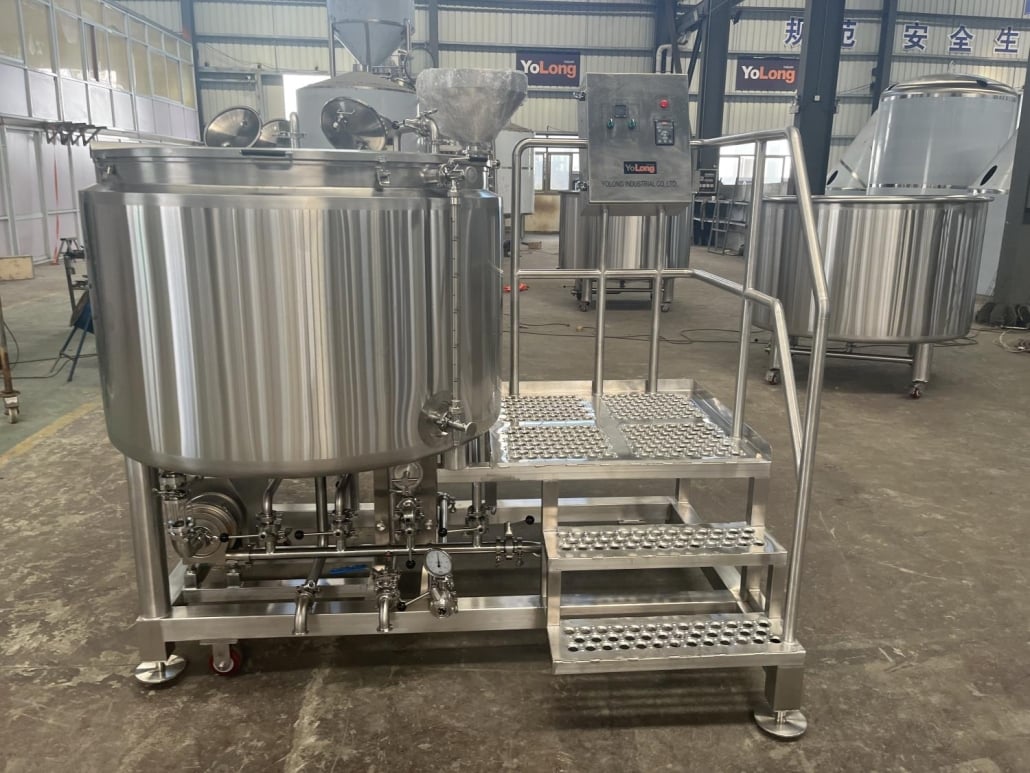
Types of Beer Brewing Equipment
Brewing beer involves multiple stages, and each stage demands specialized tools. Here’s an overview of the key types of equipment you’ll encounter:
1. Mashing Equipment
This is where the magic begins. Mashing involves steeping grains in hot water to extract fermentable sugars. Essential tools include:
- Mash Tuns: Insulated vessels to maintain the right temperature.
- Hot Liquor Tanks: Used to heat water for mashing and sparging.
2. Boiling Equipment
After mashing, the wort (unfermented beer) needs to be boiled. This step sterilizes the liquid and integrates the hops for flavor and aroma. Equipment includes:
- Brew Kettles: Large stainless-steel pots equipped with spigots and thermometers.
- Burners: Propane or electric burners to provide consistent heat.
3. Fermentation Equipment
Once boiled, the wort is cooled and transferred to fermenters where yeast is added. Key tools are:
- Fermenters: Available in glass, plastic, or stainless steel, these vessels allow the wort to ferment into beer.
- Airlocks and Stoppers: Prevent contamination while allowing carbon dioxide to escape.
4. Conditioning and Packaging Equipment
After fermentation, the beer needs to mature and be prepared for drinking. Tools include:
- Kegs and Bottles: For storing the finished beer.
- Bottle Cappers and Corkers: For sealing bottles.
- Carbonation Systems: To carbonate beer in kegs.
5. Cleaning and Sanitizing Equipment
Sanitation is critical in brewing to avoid contamination. You’ll need:
- Sanitizers: For sterilizing all equipment.
- Cleaning Brushes: To clean hoses, bottles, and fermenters thoroughly.
Factors to Consider When Choosing Equipment
Selecting the right brewing equipment can feel overwhelming. Here are the key factors to keep in mind:
1. Brewing Scale
Are you brewing for personal enjoyment or planning a commercial operation? Homebrewing kits are more compact, while commercial setups can handle larger batches.
2. Material Quality
Stainless steel is the gold standard for brewing equipment due to its durability and resistance to corrosion. Plastic fermenters are cheaper but may absorb odors over time.
3. Budget
Brewing equipment ranges from budget-friendly starter kits to high-end professional setups. Start small and upgrade as your skills grow.
4. Space Availability
Brewing equipment can take up significant space. Measure your brewing area to ensure you can accommodate all the tools.
5. Features and Customization
Look for equipment with added features like built-in thermometers, spigots, and digital controls to make brewing easier and more precise.

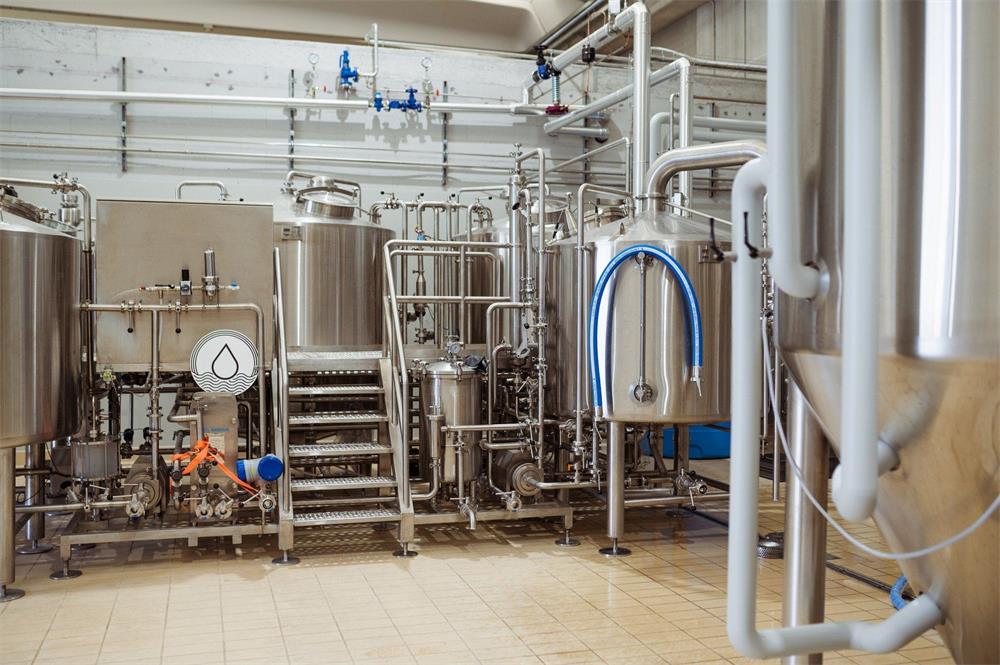
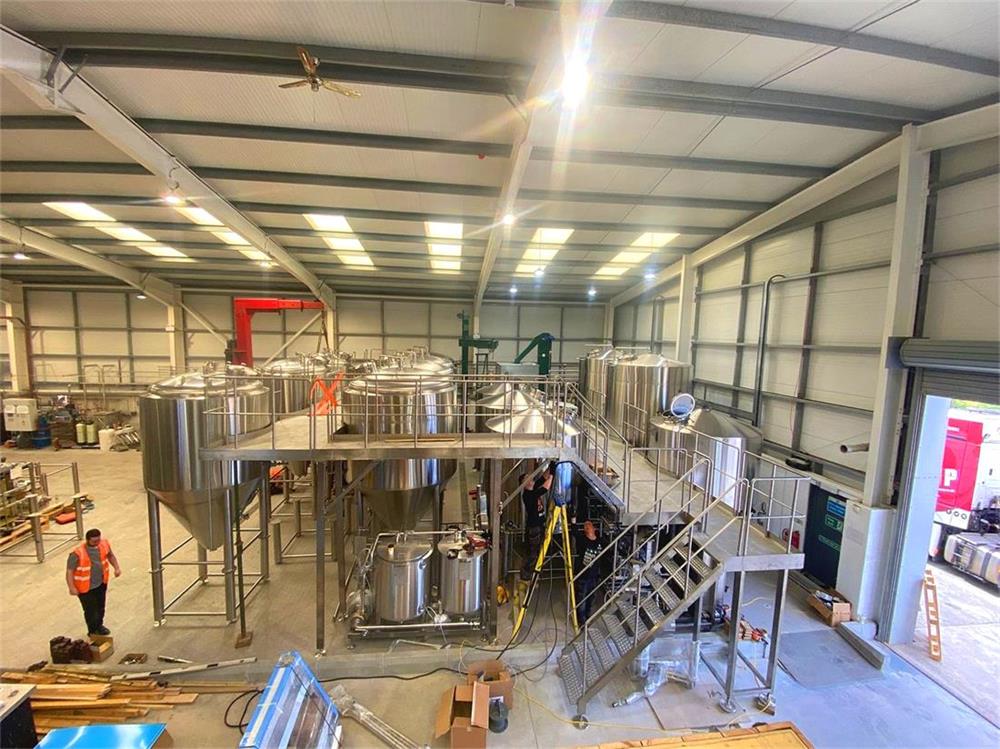
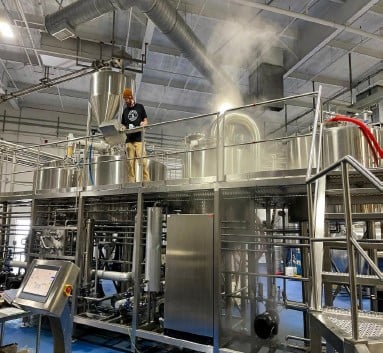
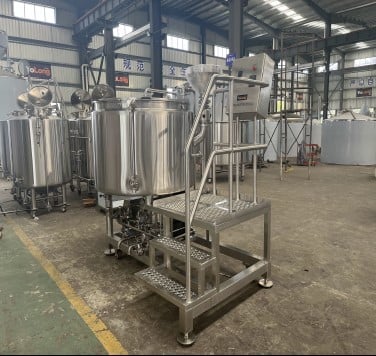
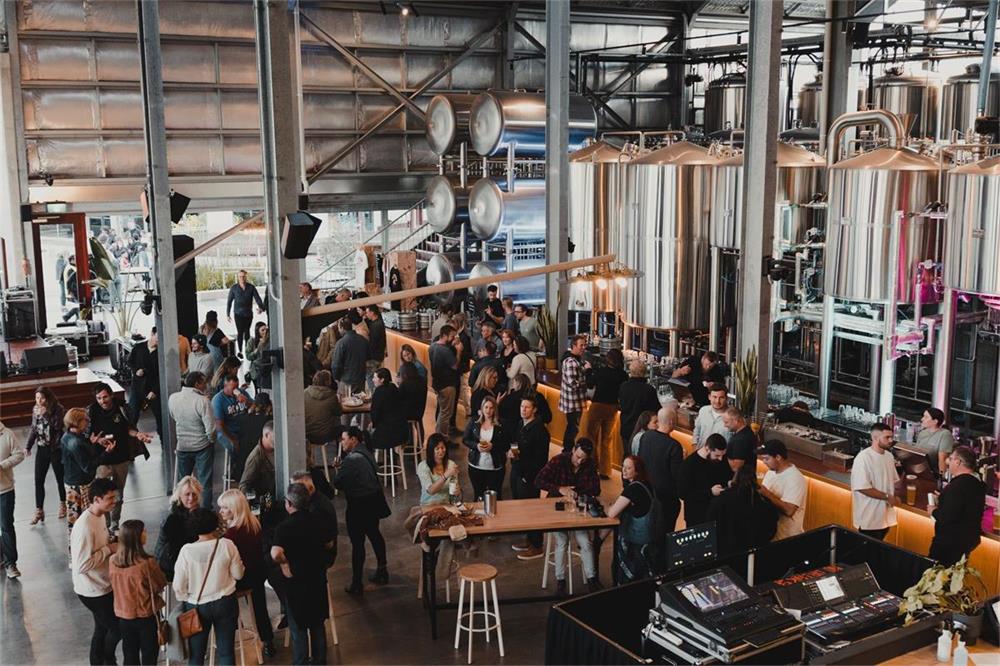
How to Use Beer Brewing Equipment
Using beer brewing equipment effectively involves understanding each step of the brewing process. Here’s a simplified table to guide you:
| Stage | Equipment | Steps |
|---|---|---|
| Mashing | Mash Tun, Hot Liquor Tank | Heat water, add grains, maintain temperature, and sparge. |
| Boiling | Brew Kettle, Burner | Bring wort to a boil, add hops as required, and sterilize the liquid. |
| Cooling | Wort Chiller | Quickly cool wort to yeast pitching temperature. |
| Fermentation | Fermenter, Airlock | Transfer cooled wort, add yeast, seal with an airlock, and ferment. |
| Conditioning | Bottles, Kegs | Transfer beer, carbonate, and age for flavor development. |
| Cleaning | Brushes, Sanitizer | Thoroughly clean and sanitize all equipment after brewing. |
Maintenance and Cleaning Tips
Proper maintenance of your brewing equipment ensures longevity and prevents off-flavors in your beer. Here are some essential tips:
- Sanitize Before and After Use: Use food-grade sanitizers to clean all surfaces that come into contact with your beer.
- Inspect Regularly: Check for cracks, rust, or wear and tear, especially in hoses and fermenters.
- Use Appropriate Brushes: Invest in bottle brushes, carboy brushes, and keg washers for thorough cleaning.
- Avoid Harsh Chemicals: Stick to brewery-approved cleaning agents to prevent equipment damage.
- Store Properly: Ensure equipment is dry and stored in a clean, dust-free environment.
Top Brands or Recommended Products
Here’s a breakdown of some popular brewing equipment brands:
| Brand | Specialty | Why Choose Them |
|---|---|---|
| Blichmann Engineering | High-end brewing systems | Precision-engineered products with advanced features. |
| Northern Brewer | Homebrewing kits and accessories | Excellent for beginners with comprehensive kits. |
| Ss Brewtech | Stainless steel fermenters and kettles | Durable, high-quality materials for advanced brewers. |
| Grainfather | All-in-one brewing systems | Compact, user-friendly systems for small-scale brewing. |
| Anvil Brewing | Budget-friendly brewing tools | Affordable yet reliable for homebrewers. |
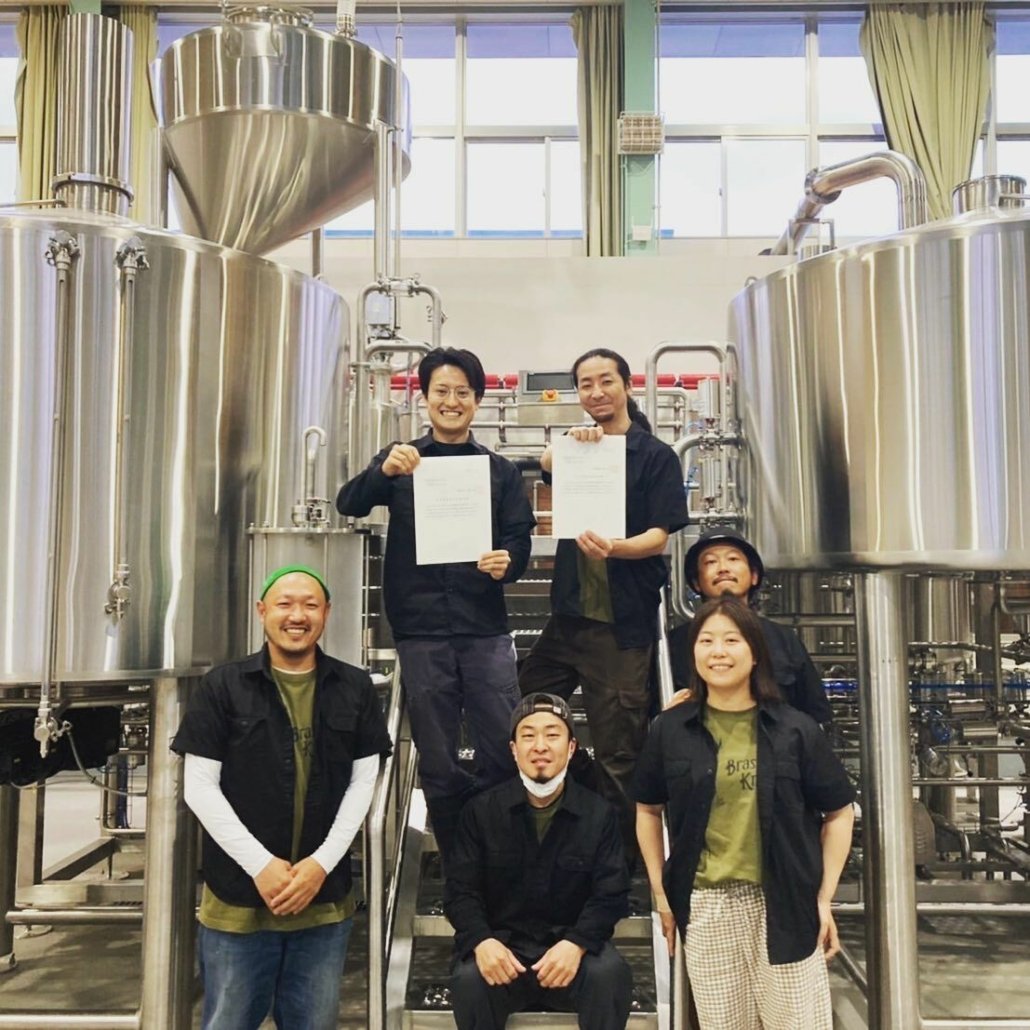
Trends in Beer Brewing Equipment
The brewing industry is constantly evolving. Here are some exciting trends:
| Trend | Description |
|---|---|
| Smart Brewing Systems | Equipment integrated with apps for precision and automation. |
| Eco-Friendly Materials | Use of sustainable and recyclable materials in brewing gear. |
| Compact, All-in-One Systems | Perfect for homebrewers with limited space. |
| Customizable Equipment | Modular systems that grow with the brewer’s needs. |
| Advanced Filtration Systems | Improved methods for clearer, crisper beer. |
FAQ
| Question | Answer |
|---|---|
| What is the minimum equipment needed to start? | A basic kit includes a brew kettle, fermenter, airlock, and sanitizer. |
| How much does homebrewing equipment cost? | Starter kits range from $50 to $300; advanced setups can cost $1,000+. |
| Can I reuse bottles for beer brewing? | Yes, as long as they’re thoroughly cleaned and sanitized. |
| What is the lifespan of brewing equipment? | With proper care, stainless steel equipment can last decades. |
| Are electric systems better than propane? | Electric systems are safer and more consistent but may cost more. |
Frequently Asked Questions (FAQ)
- What’s the smartest first upgrade after a beginner kit?
- Temperature control for fermentation (fridge + inkbird-style controller) delivers the biggest quality jump, often more than a new kettle or pump.
- Should beginners choose plastic, glass, or stainless for fermenters?
- Plastic buckets are cheapest and lightest; glass offers clarity but is fragile; stainless is durable, easy to clean, and upgrade-ready. If budget allows, start stainless.
- Do I need a wort chiller, or can I use an ice bath?
- An immersion chiller is a worthwhile early investment. Faster chilling improves clarity and reduces infection risk versus inconsistent ice baths.
- Are all-in-one electric systems good for beginners?
- Yes. Modern all-in-one Beer Brewing Equipment integrates mashing, boiling, and recirculation, saving space and simplifying process control.
- What sanitation products are best for starters?
- Use a no-rinse sanitizer (e.g., phosphoric acid blends) for cold-side gear and an alkaline cleaner for soil removal. Avoid household bleach near stainless.
2025 Industry Trends: Beginner Beer Brewing Equipment
- App-connected brewing: affordable controllers log mash steps, gravity, and fermentation curves.
- Compact, all-in-one systems: 120V electric units dominate entry-level space for safety and apartment compatibility.
- Stainless on a budget: entry-level stainless fermenters with tri-clamp ports and spunding valves become mainstream.
- Water and energy efficiency: immersion chillers with flow restrictors and counterflow options cut water use; insulation wraps reduce kWh.
- QA-lite kits: affordable pH pens, hydrometers/densitometers, and basic DO spot checks appear in starter bundles.
2025 Beginner Equipment Benchmarks and Costs
| Item | 2023 Typical | 2024 Typical | 2025E Typical | Notes/Sources |
|---|---|---|---|---|
| All-in-one electric system (5–10 gal) | 350–350–350–650 | 380–380–380–700 | 400–400–400–750 | OEM catalogs |
| Stainless bucket fermenter (pressure-capable) | 120–120–120–220 | 130–130–130–240 | 150–150–150–260 | Retail pricing |
| Immersion chiller | 35–35–35–70 | 35–35–35–75 | 40–40–40–80 | Retail pricing |
| Basic temp controller | 20–20–20–45 | 20–20–20–45 | 20–20–20–50 | Retail pricing |
| Starter QA kit (pH pen + hydrometer) | 40–40–40–90 | 45–45–45–95 | 50–50–50–110 | Homebrew shops |
| Estimated brew day water use (5 gal batch) | 25–35 gal | 22–32 gal | 18–28 gal | With chiller/water-saving tips |
References:
- Brewers Association (homebrew/education): https://www.brewersassociation.org
- Master Brewers Association of the Americas (MBAA): https://www.mbaa.com
- American Society of Brewing Chemists (ASBC) methods and best practices: https://www.asbcnet.org
Latest Research Cases
Case Study 1: All-in-One Electric Kit Accelerates Learning (2025)
Background: New brewer in a small apartment needed safe, compact Beer Brewing Equipment with predictable results.
Solution: Adopted a 120V all-in-one system with built-in pump and digital control; added insulated mash jacket and immersion chiller.
Results: Mash temp variance reduced to ±0.5°C; brew day time cut by 35 minutes; first three batches cleared fermentation without contamination.
Case Study 2: Fermentation Temperature Control Improves Flavor (2024)
Background: Beginner experienced estery, inconsistent ales using ambient fermentation.
Solution: Added mini-fridge and digital temp controller; set 18–20°C for ales, cold-crashed before packaging.
Results: Off-flavor complaints dropped; attenuation consistency improved (FG variance reduced from ±0.006 to ±0.002); perceived quality improved on sensory panel with friends.
Expert Opinions
- John Palmer, Author of “How to Brew”
Key viewpoint: “Control what matters most first—sanitation and fermentation temperature. Gear beyond that is incremental.” - Denny Conn, Homebrewing educator and author
Key viewpoint: “Brew repeatable batches. Process beats gadgetry; measure, adjust, and keep detailed logs.” - Gordon Strong, BJCP Grand Master Judge
Key viewpoint: “For beginners, water chemistry and yeast health are the quickest paths from ‘good’ to ‘great’ beer.”
Practical Tools/Resources
- Brewers Association learn-to-brew resources: https://www.brewersassociation.org
- BJCP Style Guidelines (sensory calibration): https://www.bjcp.org
- Yeast health basics (White Labs, Lallemand, Wyeast technical sheets)
- Recipe and logging software: Brewfather, BeerSmith
- Water calculators: Bru’n Water, Brewer’s Friend
- Sanitation and cleaning guides (manufacturer SDS and usage): E.g., Five Star Chemicals
SEO note: Internally link to “Beer Brewing Equipment,” “all-in-one electric brewing system,” “fermentation temperature control,” “immersion wort chiller,” and “beginner brewing QA kit.”
Last updated: 2025-08-28
Changelog: Added 5 FAQs; 2025 trends with pricing/benchmark table; two beginner-focused case studies; expert opinions; and curated tools/resources for Beer Brewing Equipment
Next review date & triggers: 2026-02-01 or earlier if major OEMs update entry-level system specs/pricing, new homebrewing standards are released, or significant changes in BA/ASBC guidance occur
Share this entry
Interested in learning more about Brewing Systems including additional details and pricing information? Please use the form below to contact us!
YOLONG BREWERY EQUIPMENT FAQS
- Commercial Brewery / Craft Brewery / Microbrewery / Nanobrewery
- What is The Difference Between Craft Beer and Industrial Beer?
- The Bespoke Differences In Custom Brewing Systems
- Everything You Need to Know About Kettle Souring
- How to Choose Brewing Equipment for Your business?
- How To Choose The-Best Partner To Build Your Commercial Microbrewing System?
- Two Detection Sensors That You Need To Use In Your Brewhouse System
- Remote Control Applications in Brewing Equipment/How does it work?
- How To Clean Your Brand New Brewery Tanks?

